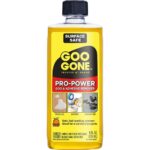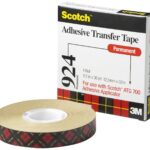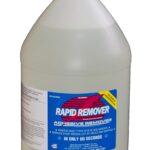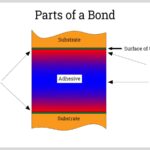If you’re looking to glue tile, the process is actually quite simple. All you need is a strong adhesive and some patience. To begin, make sure the surfaces you’re looking to glue are clean and free of any debris. Once that’s done, apply the adhesive to both surfaces. Be sure to use a generous amount so that the tile will stay in place.
Next, align the tile how you want it, and then press it firmly into place. Use something heavy to press down on the tile so that it really sticks. Leave the tile to dry for at least 24 hours before using the surface. This will give the adhesive time to set and create a strong bond. And that’s it! Just remember to be patient and use a strong adhesive, and you’ll have no problem gluing tile.
What kind of glue to use on ceramic tile
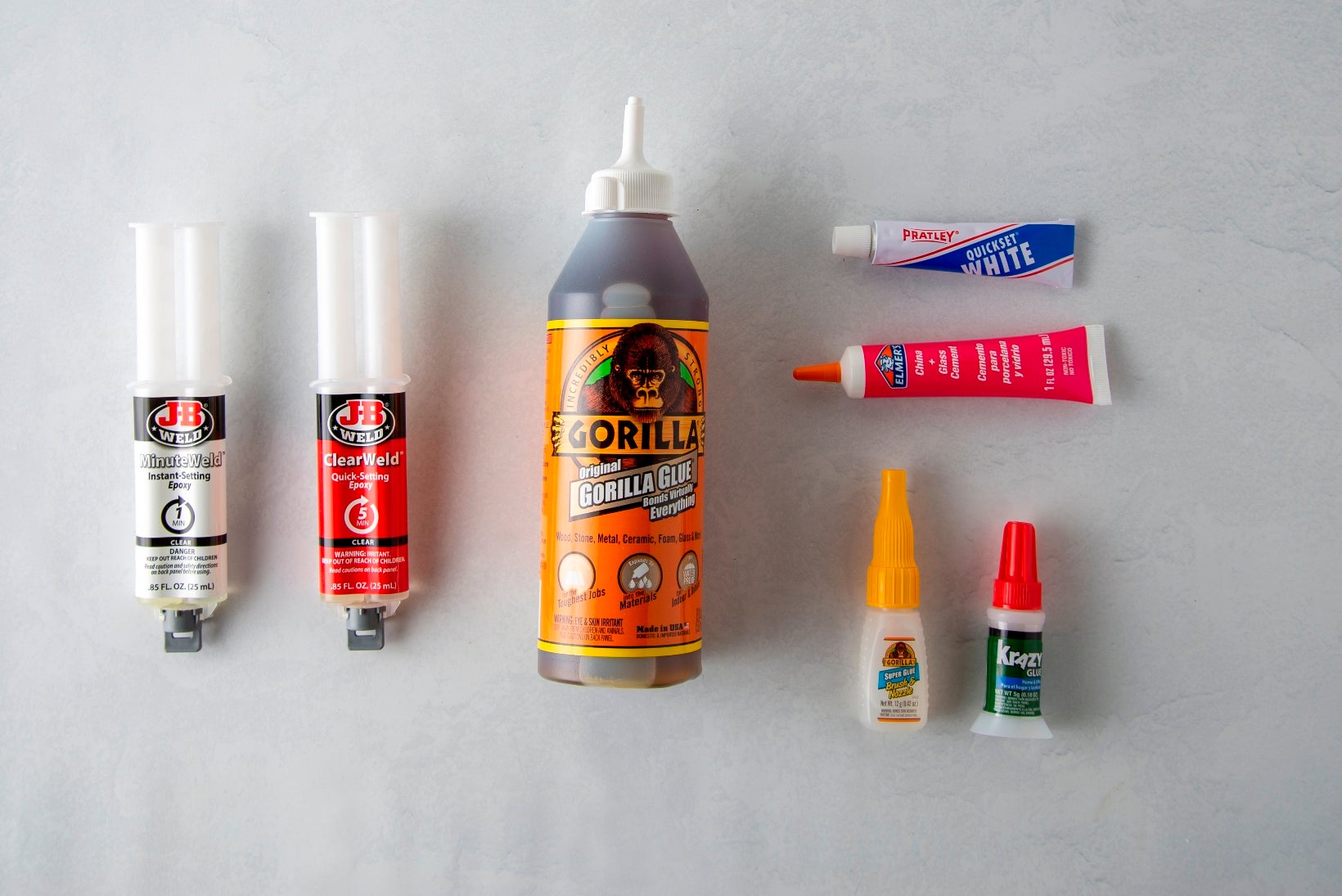
There are a few different types of glue that can be used on ceramic tiles, depending on the project. For example, epoxy glue is a strong adhesive that can be used on ceramic tiles that will be used for decorative purposes. However, this type of glue is not recommended for tiles that will be used for flooring or countertops, as it is not as durable. For these types of projects, it is best to use a tile adhesive, which can be found at most hardware stores.
What glue will stick to ceramic tile?
To glue tile, you need a special adhesive that will bond to the ceramic material. You can find this type of glue at most hardware stores or home improvement centers. Make sure to read the labels carefully to find the right product for your project. Apply the adhesive to the tile using a putty knife or similar tool. Spread it evenly over the surface, then press the tile firmly into place.
Hold it there for a few minutes to allow the glue to set. Once the tile is in place, you can grout it if desired. This will help to seal the joints and give the tile a finished look. If you need to remove the tile at any point, you can use a chisel or similar tool to pry it off. The adhesive should come off with the tile, but you may need to use a putty knife to scrape away any residue.
Will Liquid Nails adhere to tile?
Yes, Liquid Nails will adhere to tile. You will need to roughen up the surface of the tile first with sandpaper in order to get a good grip. Make sure to clean the tile thoroughly before applying the adhesive. Apply a thin layer of adhesive to the tile and press the two surfaces together firmly. Hold the surfaces together for at least 24 hours before release.
Do you need special adhesive for tile on tile?
No, you don’t need special adhesive for tile on tile. You can use any type of adhesive that is suitable for both surfaces.
What is the best adhesive to use to stick something to a tile?
One of the best adhesives to use to stick something to a tile is epoxy. Epoxy is a strong and durable adhesive that can hold up well to wear and tear. It is also waterproof, making it ideal for use in bathrooms or other wet areas. Another good option for adhesive is construction adhesive. This type of adhesive is also strong and durable, and can be used in both wet and dry areas.
Can you use glue on ceramic tile?
If you need to glue ceramic tile, you can use a product specifically designed for this purpose. However, it is important to follow the manufacturer’s instructions carefully, as some products may not be suitable for use on ceramic tile.
Can I use Gorilla Glue on ceramic tile?
It’s strong and durable, so it can stand up to wear and tear. Plus, it’s easy to use, so you can get the job done quickly. Just be sure to follow the instructions on the Gorilla Glue package, and you’ll be good to go.
What is the best adhesive for tiles?
There are a few different kinds of adhesives that can be used for tiles, but not all of them are created equal. Some are stronger than others, some are more durable, and some are better suited for specific types of tile. Ultimately, the best adhesive for tiles is the one that best meets your needs and preferences. If you need a strong and durable adhesive, then something like epoxy or silicone would be a good choice. These adhesives are designed to hold up well under stress and can withstand a fair amount of wear and tear.
However, they can be more difficult to work with and may require special tools or techniques. If you’re looking for an adhesive that is easy to use and doesn’t require any special skills or tools, then something like a contact cement would be a good option. This type of adhesive is relatively easy to apply and will bond well with most types of tile. However, it is not as durable as some of the other options and may not hold up as well over time. Ultimately, the best adhesive for tiles is the one that best meets your needs and preferences. There are a variety of options available, so be sure to do your research to find the one that will work best for you.
What is the best ceramic glue?
Ceramic tiles are a beautiful and durable option for many home improvement projects, but they can be tricky to work with. If you’re looking to glue tile, you’ll need to find a strong adhesive that can stand up to the demands of your project. There are a few things to keep in mind when shopping for ceramic tile glue. First, you’ll need to choose an adhesive that is labeled as being suitable for use with ceramic tile. Many general-purpose adhesives will not work well with ceramic tile, so be sure to read the labels carefully.
Next, you’ll need to decide how much glue you need. This will depend on the size of your project and the number of tiles you’re working with. It’s always better toerr on the side of too much glue, as you can always trim away any excess after the tiles are in place. Finally, you’ll need to choose a color for your glue. Many adhesives come in clear, white, or black. Clear adhesives are the best choice for most projects, as they will blend in with the grout and won’t be visible once the project is complete. With these factors in mind, you’re ready to start shopping for ceramic tile glue. Be sure to read the labels carefully and choose an adhesive that is specifically designed for use with ceramic tile. With the right product, your project will be sure to turn out beautifully.
How to cut a perfect hole in a ceramic tile?
If you need to cut a perfect hole in a ceramic tile, there are a few things you need to do.
- First, you need to score the tile with a glass cutter.
- Second, you need to use a wet saw to cut the tile.
- Finally, you need to use a hole saw to cut the hole.
What is the best ceramic adhesive?
There are many adhesives on the market that can be used to glue tile. However, not all adhesives are created equal. When choosing an adhesive for your tile project, be sure to select one that is specifically designed for ceramic tile. Ceramic tile adhesives come in both powder and liquid form. The powder form is mixed with water to create a slurry that is then applied to the tile.
The liquid form is simply applied directly to the tile. Both types of adhesives have their advantages and disadvantages. Powder form adhesives are typically cheaper than liquid form adhesives. However, they can be more difficult to work with and may not provide as strong of a bond. Liquid form adhesives are generally more expensive, but they are easier to use and provide a stronger bond. When selecting an adhesive, be sure to read the labels carefully. Some adhesives are designed for indoor use only, while others can be used both indoors and outdoors. Make sure to select an adhesive that is appropriate for the location of your tile project. Once you have selected the right adhesive, be sure to follow the manufacturer’s instructions carefully. This will ensure that your tile project is successful and that your tiles will stay in place for years to come.
What kind of adhesive for wall tile
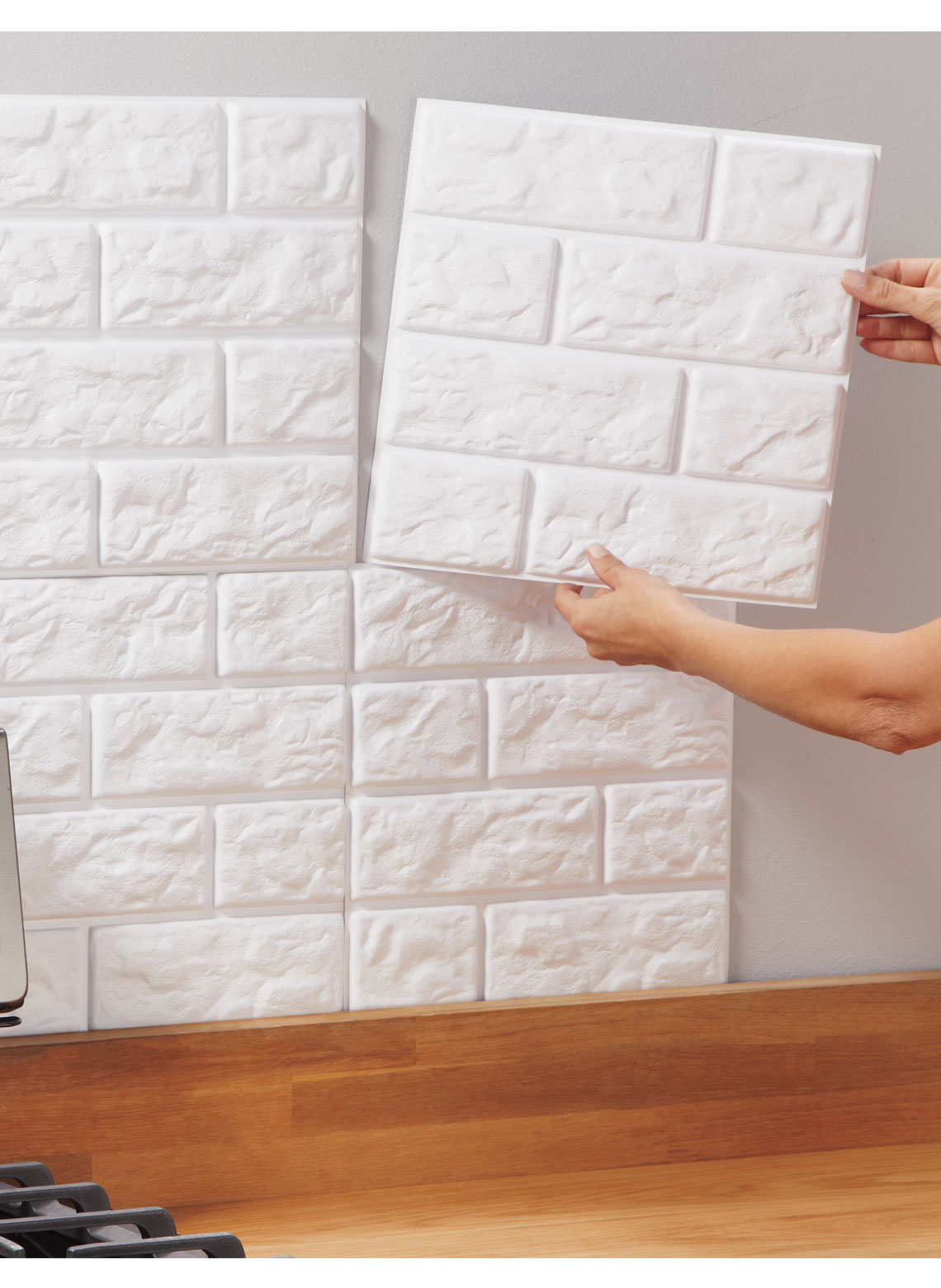
There are a few things to consider when choosing an adhesive for wall tile. First, you’ll need to decide if you want a water-based or solvent-based adhesive. Water-based adhesives are easier to clean up and are less likely to damage the tile, but they may not be as strong as solvent-based adhesives. Second, you’ll need to consider how much tile you’re working with. If you’re tiling a small area, you can probably get away with using a less expensive adhesive.
However, if you’re tiling a large area, you’ll need to use a stronger adhesive to make sure the tile stays in place. Third, you’ll need to consider the type of tile you’re using. Some tile is more porous than others, and you’ll need to use a different adhesive depending on the porosity of the tile. Finally, you’ll need to decide how long you need the adhesive to last. If you’re planning on keeping the tile in place for a long time, you’ll need to use a stronger adhesive.
What is the difference between Type 1 and Type 2 tile adhesive?
There are two main types of tile adhesive: Type 1 and Type 2. Type 1 is a cement-based adhesive that is typically used for bonding ceramic and porcelain tiles. It is also suitable for use on concrete, masonry, and plasterboard surfaces. Type 2 is a synthetic resin-based adhesive that is ideal for bonding glass, metal, and plastic tiles. It is also suitable for use on painted or varnished surfaces.
What do you use to adhere ceramic tile to a wall?
To adhere ceramic tile to a wall, you can use a variety of adhesives. The most common adhesive is a mastic, which is a type of glue that can be applied directly to the wall. Another option is to use an adhesive tape, which is applied to the back of the tile and then stuck to the wall.
Is thinset the same as tile adhesive?
No, thinset is not the same as tile adhesive. Thinset is a type of mortar that is used to set tile. Tile adhesive is a type of glue that is used to adhere tile to a surface.
What’s the best adhesive to stick wood on tiles?
When it comes to gluing wood to tile, there are a few different options available. Depending on the type of wood and tile you are working with, one adhesive may work better than another. For example, if you are working with a lightweight wood like balsa wood, then a general purpose adhesive like Elmer’s glue would work well. If you are working with a heavier wood like oak, then a stronger adhesive like gorilla glue would be a better option. Tile can also vary in terms of weight and material.
If you are working with a lightweight tile like ceramic, then a general purpose adhesive should work well. If you are working with a heavier tile like stone, then a stronger adhesive like epoxy would be a better option. Ultimately, the best adhesive to use for sticking wood to tile will depend on the specific materials you are working with. If you are unsure, it is always best to consult with a professional to find the best adhesive for your project.
How to choose the correct tile adhesive or mortar?
There are a few things to consider when choosing the correct tile adhesive or mortar for your project. The first is the type of tile you are using. Some adhesives and mortars are made specifically for certain types of tile, so be sure to check the label before making your purchase. The second is the surface you are adhering the tile to. Some adhesives and mortars work better on certain surfaces than others.
Again, be sure to check the label to make sure the product you choose is compatible with the surface you are using. The third is the environment the tile will be installed in. Some adhesives and mortars are designed for wet or humid environments, while others are meant for dryer conditions. Be sure to choose the right product for the environment you will be working in. Finally, consider the size and weight of the tile you are using. Some adhesives and mortars are better suited for large or heavy tiles, while others are meant for smaller, lighter tiles. Choose the product that is right for the size and weight of your tile. Follow these simple guidelines and you will be sure to choose the correct tile adhesive or mortar for your next project.
What is the best tile adhesive remover?
There are a few different tile adhesive removers on the market, but not all of them are created equal. Some are more effective than others, and some are more expensive. The best tile adhesive remover is the one that is most effective and most affordable. There are a few different factors to consider when choosing a tile adhesive remover. The first is the type of adhesive that you are using.
The second is the size of the area that you need to remove the adhesive from. The third is the amount of time that you have to remove the adhesive. The fourth is the type of tile that you are using. The fifth is the type of grout that you are using. The sixth is the type of surface that you are trying to remove the adhesive from. The seventh is the type of tools that you have available to you. The eighth is the type of chemicals that you are willing to use. The ninth is the type of gloves that you are willing to wear. The tenth is the type of clothing that you are willing to wear. The eleventh is the type of safety equipment that you are willing to wear. The twelfth is the type of shoes that you are willing to wear. The thirteenth is the type of ventilation that you have available to you. The fourteenth is the type of respirator that you are willing to wear. The fifteenth is the type of goggles that you are willing to wear.
What mortar to use for wall tile?
When it comes to wall tile, there are a few different types of mortar that can be used. Depending on the type of tile and the surface it will be applied to, the best option will vary. For example, if you are using ceramic tile, porcelain tile, or glass tile on a vertical surface, you will want to use a thinset mortar. This type of mortar is very strong and will hold the tile in place. If you are using natural stone tile on a vertical surface, you will want to use a mastic adhesive.
This type of adhesive is made specifically for natural stone and will hold the tile in place while allowing it to expand and contract. On a horizontal surface, such as a countertop, you can use either type of mortar. If you are using a thinset mortar, you will want to make sure that it is rated for use on a horizontal surface. If you are using a mastic adhesive, you will want to make sure that it is rated for use on a horizontal surface and that it is non-staining. No matter what type of tile you are using or surface you are applying it to, it is important to follow the manufacturer’s instructions for the best results.
What kind of tile adhesive should i use
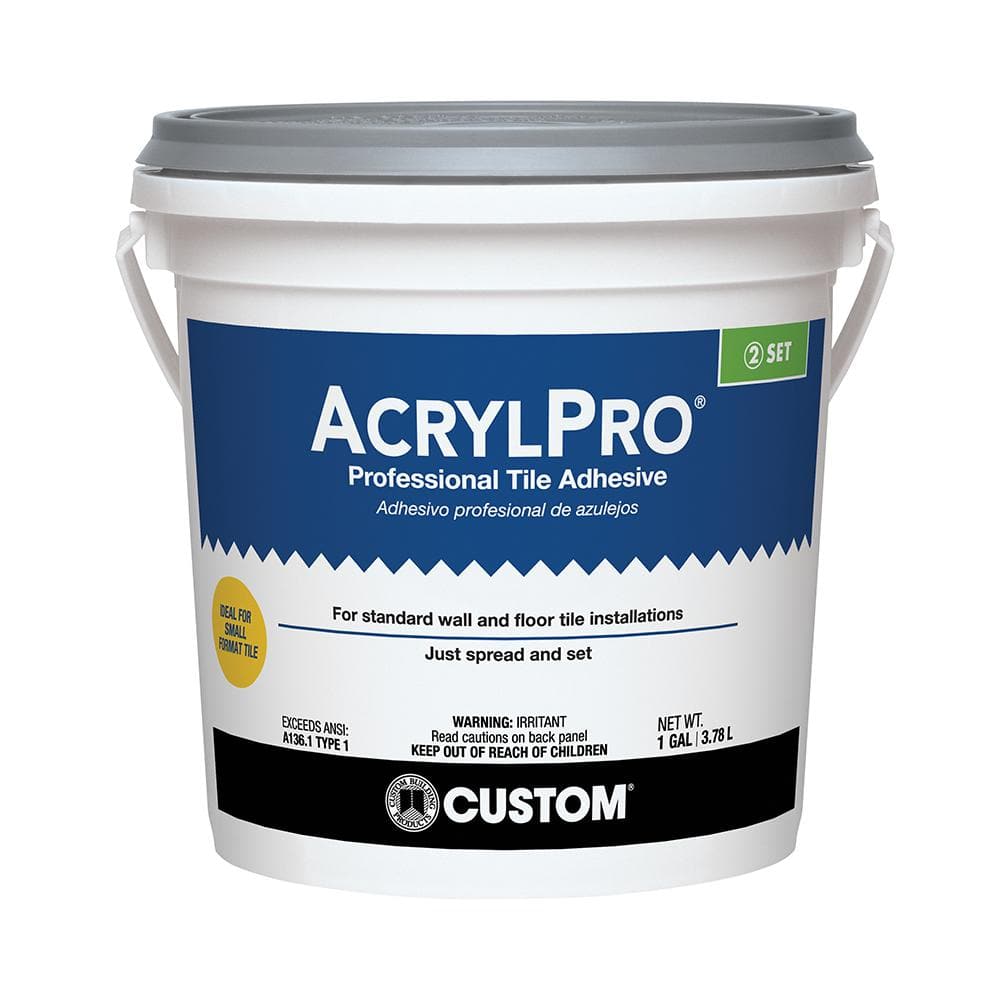
There are different types of tile adhesive available on the market, so it is important to choose the right one for your project. For example, if you are tiling a bathroom or kitchen, you will need a waterproof tile adhesive. If you are tiling a floor, you will need a strong tile adhesive that can withstand foot traffic. There are also adhesives specifically designed for outdoor use. When choosing a tile adhesive, make sure to read the label carefully to make sure it is suitable for your needs.
What is the best adhesive for tile?
There are many adhesives that can be used for tile, but not all adhesives are created equal. Some adhesives are stronger than others, and some are better suited for specific types of tile. When choosing an adhesive for tile, it is important to consider the type of tile you are using, as well as the surface you are attaching the tile to. For most general tile applications, a good quality construction adhesive is a good option. Construction adhesive is strong and can be used on a variety of surfaces.
If you are attaching tile to a concrete surface, a masonry adhesive is a good option. Masonry adhesives are specifically designed to adhere to concrete and other masonry surfaces. Tile adhesive is another option that can be used for tile. Tile adhesive is a strong adhesive that is specifically designed for use with tile. Tile adhesive can be used on a variety of surfaces, but it is important to make sure that the surface is clean and free of any debris before applying the adhesive. When attaching tile to a wall, it is important to use an adhesive that is specifically designed for wall tile. Wall tile adhesives are typically stronger than other types of adhesives, and they are specifically designed to adhere to wall surfaces. No matter what type of adhesive you choose, it is important to follow the manufacturer’s instructions for best results.
Should I use thinset or mastic?
When it comes to gluing tile, there are two main options: thinset and mastic. Thinset is a type of mortar made of Portland cement, sand, and water. It is a strong and durable option, but can be difficult to work with. Mastic is a type of adhesive made of synthetic rubber or latex. It is easier to work with than thinset, but is not as durable.
So, which should you use? It depends on the project. If you are doing a small repair job, mastic might be the best option. If you are doing a larger project, or one that will be subject to a lot of wear and tear, thinset is the better choice. No matter which you choose, be sure to follow the manufacturer’s instructions carefully.
What kind of adhesive do you use for ceramic tile?
This type of adhesive is made from cement, sand, and a water-retention agent, and it is designed specifically for bonding ceramic tile to a variety of surfaces. To apply a modified thinset mortar, first mix it together with water according to the manufacturer’s instructions. Then spread the mortar onto the surface where the tile will be glued, using a notched trowel. Next, set the tile into the mortar and press it down firmly. Finally, wait for the mortar to dry completely before grouting the tile.
Should I use mastic or thinset for backsplash?
There are a few things to consider when deciding whether to use mastic or thinset for your backsplash.
- First, mastic is typically cheaper and easier to work with than thinset.
- However, thinset is more durable and waterproof, so it may be a better choice for areas that are likely to get wet.
- Another thing to consider is the type of tile you are using.
- Mastic can be used with most types of tile, but thinset is usually a better choice for ceramic and porcelain tile.
- So, when deciding which adhesive to use for your backsplash, consider the cost, ease of use, and durability.
- If you are not sure, it is always a good idea to consult with a professional.
What adhesive do you use for tile backsplash?
This type of adhesive is specifically designed to hold tile in place, and it can be used on a variety of different surfaces. If you are using tile that is larger than 12 inches, you may need to use a different type of adhesive.
What adhesive to use for tile

This type of adhesive is made specifically for bonding tile to surfaces like walls, floors, and countertops. Ceramic tile adhesive is strong and durable, and will create a lasting hold for your tile.
What kind of tile adhesive should I use?
There are a few things to consider when choosing a tile adhesive, such as the type of tile, the surface you’re adhering the tile to, and the environment the tile will be in. For example, if you’re using glass mosaic tiles in a wet area like a shower, you’ll need to use an adhesive that is waterproof. If you’re adhering tiles to a concrete floor, you’ll need to use an adhesive that is compatible with concrete. You should also consider how much time you have to complete the project, as some adhesives set faster than others. Once you’ve considered all of these factors, you can choose the best tile adhesive for your project.
What do you use to attach tile to floor?
There are a few different ways that you can attach tile to a floor.
- One way is to use a tile adhesive. This is a substance that you spread on the floor and then place the tile on top of it. The adhesive will hold the tile in place and prevent it from moving.
- Another way to attach tile to a floor is to use tile grout. This is a substance that you spread between the tiles. It helps to fill in any gaps and prevents the tiles from moving. You can also use tile spacers. These are small pieces of plastic that you place between the tiles. They help to keep the tiles evenly spaced and prevent them from moving. Finally, you can use tile nails. These are small nails that you drive into the floor. They help to hold the tile in place and prevent it from moving.
What adhesive shall I use for floor tiles?
There are many types of adhesives that can be used for floor tiles, but the best type of adhesive to use depends on the type of tile you are using. If you are using ceramic tiles, then you will want to use an epoxy adhesive. If you are using porcelain tiles, then you will want to use a polymer-modified mortar adhesive.
What is the best adhesive for tile
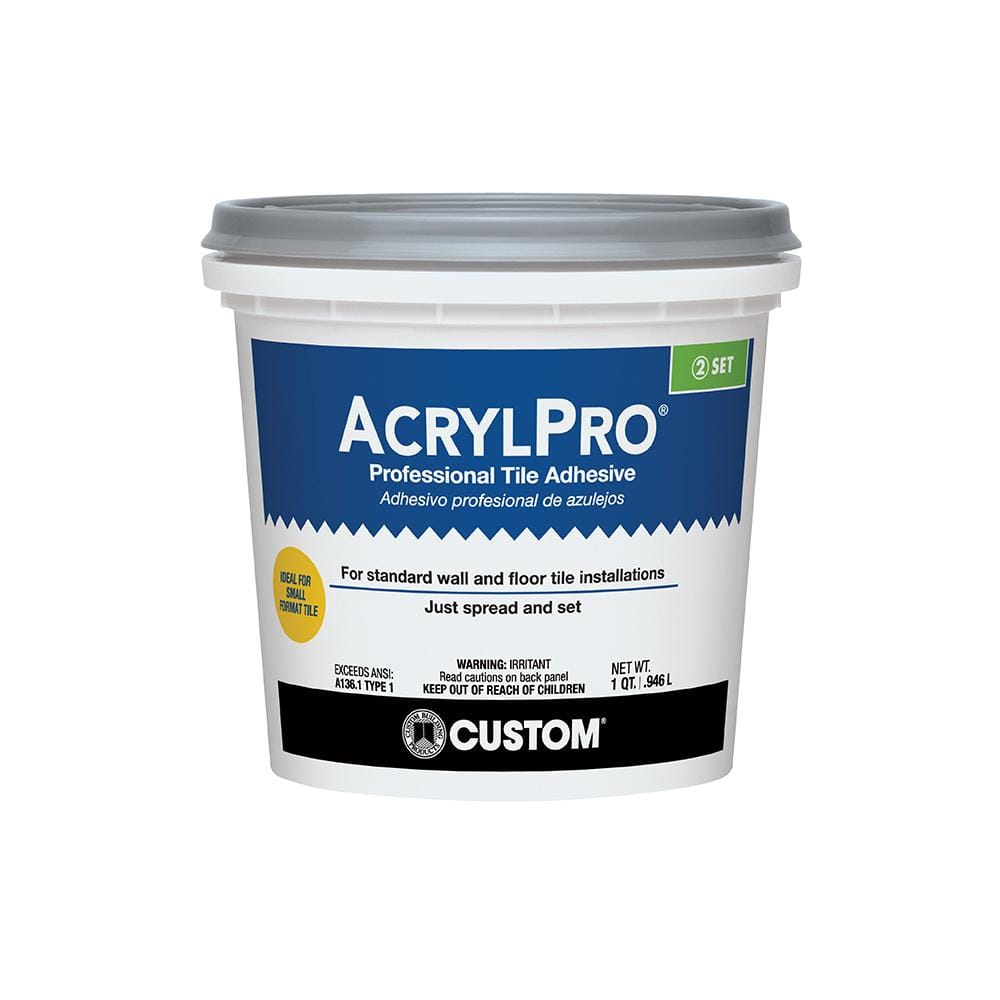
One of the best adhesives for tile is epoxy. Epoxy is a strong and durable adhesive that can hold up to heavy use. It is also resistant to water and heat, making it ideal for use in the kitchen or bathroom. Another good option for tile adhesive is silicone. Silicone is also strong and durable, and it can withstand high temperatures. It is also waterproof, making it a good choice for areas that are likely to get wet.
What is the best adhesive for tiling?
There are many adhesives that can be used for tiling, but not all of them are equally effective. Some adhesives are better suited for certain types of tile, while others may be more versatile. When choosing an adhesive, it is important to consider the type of tile you are using, as well as the surface you are attaching the tile to. For most ceramic tiles, a good quality tile adhesive is all that is needed. Tile adhesives come in both powder and liquid form, and can be applied with a trowel or a brush.
If you are attaching the tile to a porous surface, such as concrete, it is important to choose an adhesive that is specifically designed for that type of surface. When attaching tile to a metal surface, such as stainless steel, it is important to use an adhesive that is resistant to corrosion. For glass tile, an adhesive that is clear and colorless is generally best. No matter what type of tile you are using, it is important to make sure the surface is clean and free of debris before applying the adhesive. Once the adhesive is applied, the tile should be pressed into place and left to dry for the recommended amount of time.
Which is better tile adhesive or cement?
Tile adhesive is available in different formulations, so it is important to choose the right one for the job. Cement is a binding agent that is used in many construction projects. It is made from a mixture of limestone, clay, and other materials. Cement is available in different formulations, so it is important to choose the right one for the job. So, which is better tile adhesive or cement? There is no easy answer as it depends on the specific project. If you are working on a small project, such as a backsplash, then tile adhesive may be the better option. If you are working on a large project, such as a floor or a wall, then cement may be the better option.
Which ceramic tile adhesive is easiest to use?
There are different types of ceramic tile adhesive, but some are easier to use than others. For example, water-based adhesive is easy to apply and clean up, but it may not be as strong as other types of adhesive. solvent-based adhesive is strong, but it can be difficult to work with and may require special ventilation.
What is the strongest glue for ceramic?
The strongest glue for ceramic is epoxy. It is a two-part adhesive that comes in a tube. You mix the two parts together and then apply it to the tile. It takes about 24 hours for the epoxy to cure.
What kind of glue do you use on ceramic tile?
There are two main types of glue that can be used on ceramic tiles: epoxy and silicone. Epoxy is a stronger adhesive, while silicone is more flexible and can be used on more delicate surfaces. When choosing a glue, you will also need to consider the type of tile you are using. Some tiles are more porous than others, and this will affect how well the glue will adhere. If you are unsure, it is always best to consult with a professional before proceeding.
Once you have chosen the right glue, you will need to prepare the surface before applying it. Make sure the surface is clean and free of any debris. If the tile is porous, you may need to roughen the surface slightly to help the glue adhere better. To apply the glue, simply spread a thin layer over the surface of the tile. Be sure to work in a well-ventilated area, as some glues can be quite strong. Use a cloth or brush to spread the glue evenly, and then press the two surfaces together. Hold the tiles in place for a few minutes to allow the glue to set, and then leave them to dry for 24 hours before using.
Can you use Liquid Nails as tile adhesive?
While Liquid Nails is a strong adhesive, it’s not necessarily the best choice for tile. This is because Liquid Nails is designed for porous surfaces, and tile is not porous. This means that the adhesive won’t grip the tile as well as it should, and your tile may eventually come loose. There are other adhesives specifically designed for tile, so we recommend using one of those instead.
What is the difference between tile adhesive and thinset?
There are two main types of adhesives used for tiling: tile adhesive and thinset. Tile adhesive is a water-based adhesive that is spread onto the back of tiles before they are installed. Thinset is a cement-based adhesive that is mixed with water and applied to the floor or wall before tiling. Tile adhesive is generally used for smaller tiles, while thinset is better for larger tiles. Tile adhesive is also easier to work with and clean up than thinset. However, thinset provides a stronger bond and is more resistant to water and heat.
Which is better cement or tile adhesive?
There are a few things to consider when choosing between cement and tile adhesive for your project. Cost is usually the biggest factor, as cement is usually cheaper than tile adhesive. However, tile adhesive is generally easier to use and results in a smoother, more professional-looking finish. If you’re not experienced in using cement, it’s probably worth paying a bit more for tile adhesive. Cement is more durable and long-lasting than tile adhesive, so it’s a good choice if you’re looking for a permanent solution.
However, it’s more difficult to work with and can be messy. If you’re not confident in your ability to use cement, tile adhesive is probably a better option. It’s really up to you which one you choose. If you’re on a budget, cement is a good choice. If you want an easier project with a professional finish, go for tile adhesive.

